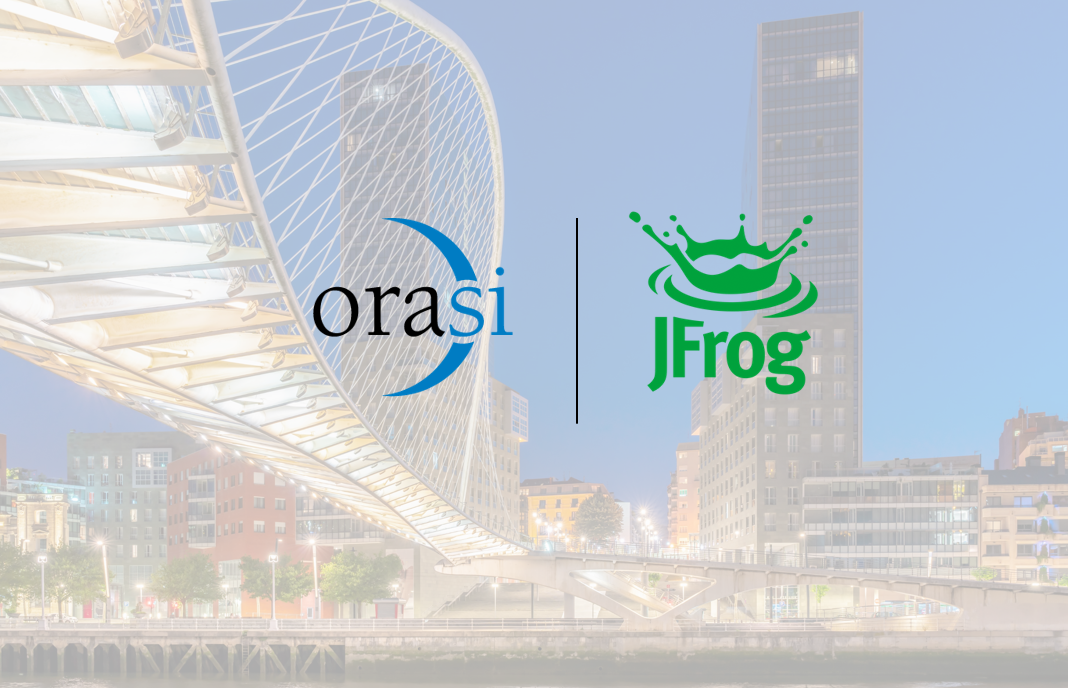By: Mark Lewis, SVP Sales and Marketing
Many enterprises wish to tap the advantages that a cloud model offers. But most of them are struggling with legacy baggage. They try to bolt on monolithic applications to a cloud environment. But, these integrations can not match the innate flexibility and velocity of a cloud-native application.
A cloud-native app is created for a cloud enabled world from day one. It is modular, loosely coupled, and represents a collection of small and independent application pieces. Every service is modular and self-contained. It has its data, code, dependencies, and orchestrator. These kinds of application(s) can easily fit into a cloud workload, whether it is a public or private cloud.
They are built for modern, dynamic IT environments. The idea is to isolate the microservice and let the code package its dependencies. That way, it can evolve and adapt to changes without disrupting the entire system.
Cloud-Native vs. Vanilla
Cloud-native applications are made with different mindsets and tools. They use some key elements like,
- Containers
- Microservices
- Agile delivery frameworks
- Software-defined IT infrastructure
- Smart provisioning
- DevOps and DevSecOps
- Declarative APIs made for cloud models
- Composable architectures
- Self-managed data store
- Configuration management tools
The outcomes of using cloud-native apps are multi-fold:
- Changes are incremental and do not affect the entire system in a bad domino effect as might occur in a traditional application environment.
- New features are easy to introduce and implement.
- Release cycles can be independent of each other.
- One small instability will not crash the entire system.
- No architectural erosion happens as the code keeps adapting and changing smoothly.
- Utmost portability is realized across all environments.
- Automation allows engineers to make changes and inject rapid responsiveness into the system.
- They are equipped with better performance and the ability to move fast when compared to traditional applications – hence; they fit the current digital era’s business needs.
- Armed with serverless architectures, these applications allow developers to focus solely on revenue-generating functions. They do not expend their time and tools on non-value-added infrastructure issues.
- Development efforts are driven by business requirements and can cater to new product demand or ideas and in-house innovation with no delays.
Native is the hot trend
Cloud-native applications are gaining a lot of traction.
- IDC estimates say that by 2023, over 500 M digital apps and services would have been developed and deployed using cloud-native approaches. These applications would allow enterprises to harness the complete power of a cloud model right from scalability to cost-advantages and resilience.
- According to the Cloud Native Computing Foundation (CNCF), in 2021, the code-first model is going to take over the entire open network architecture, focusing on the domain of the application.
- There is also a visible rise in new-age ingredients like serverless infrastructure, GitOps, NoOps, and Container-based services.
We might soon be entering these ecosystems that cover all kinds of needs.
We already know that enterprises have ramped up their spending on cloud and digital models since the pandemic. As the Deloitte annual report pointed out – global cloud spending will grow 7x faster than overall IT spend. That hints that there is an enormous appetite and traction towards cloud-native applications.
Now is the perfect time to become lean, smart, and ready for the future. Now is the time to go cloud-native.



